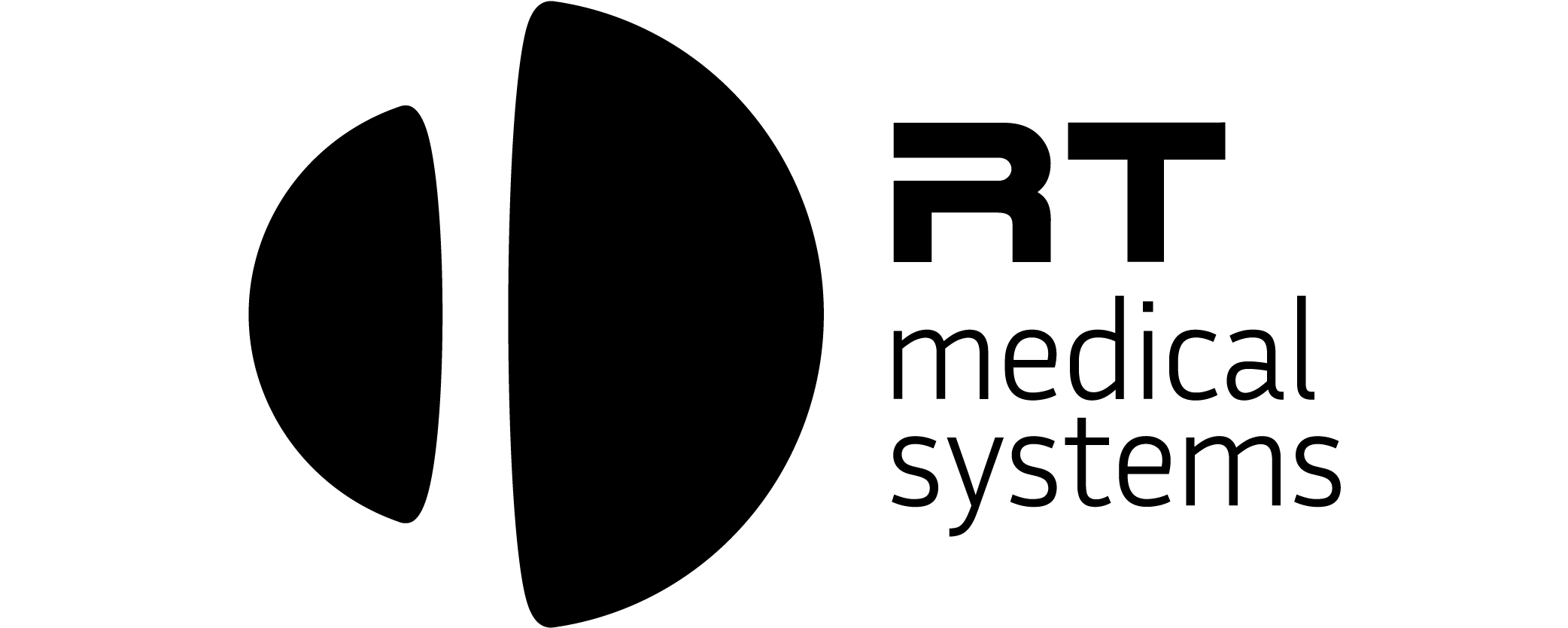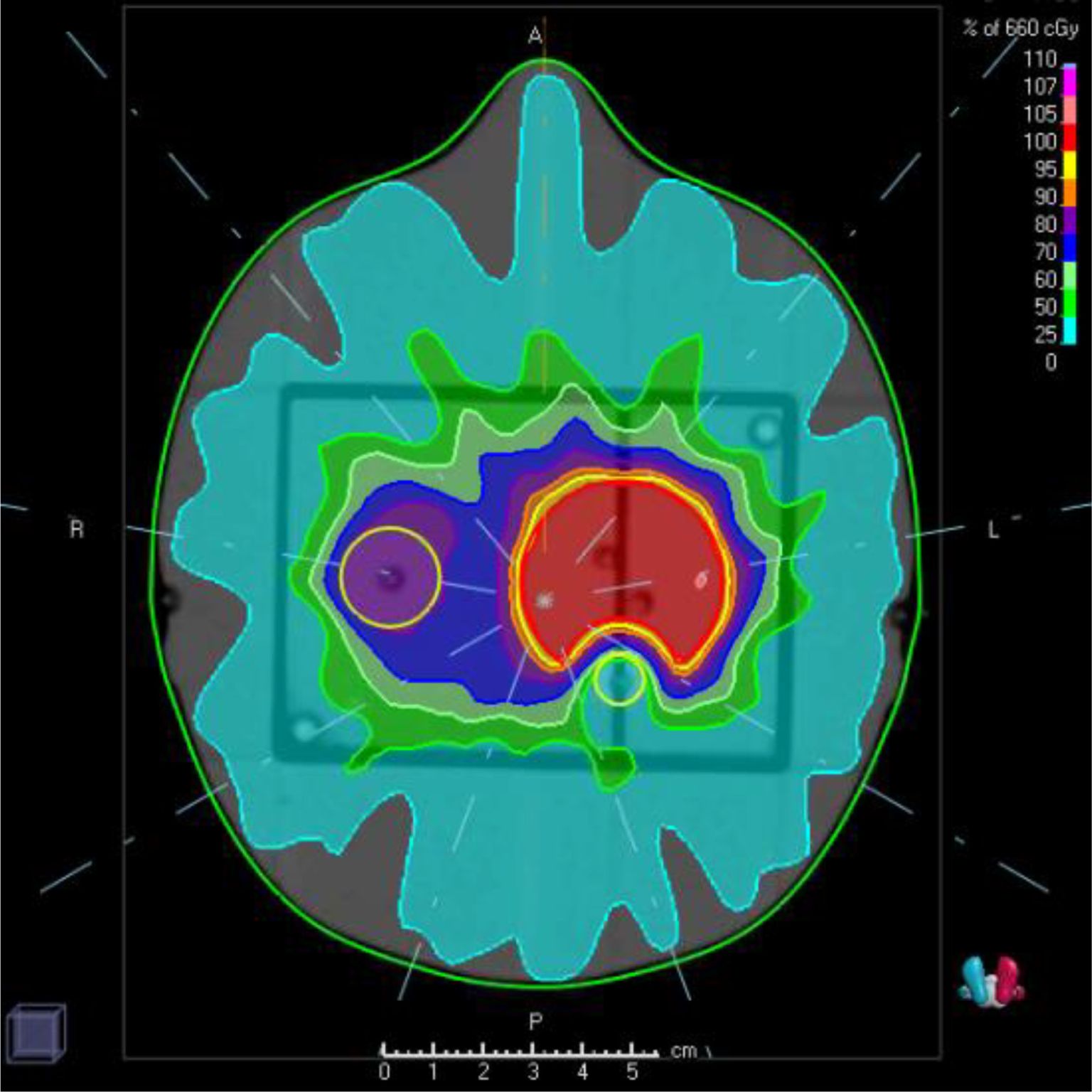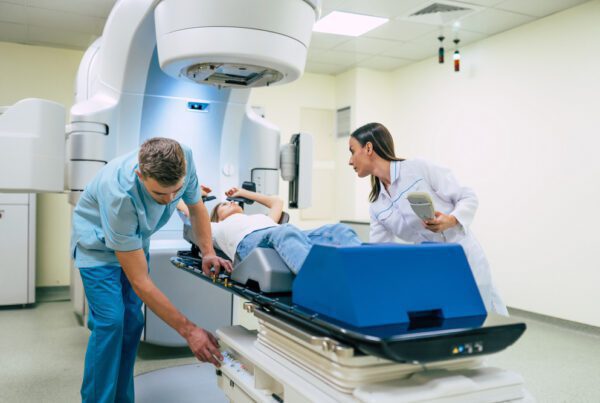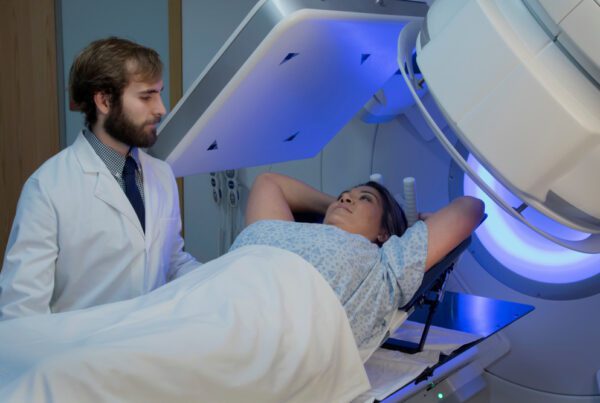Radiation oncology is a specialized field of medicine that focuses on the use of radiation therapy to treat cancer. The primary goal of radiation therapy is to deliver a precise dose of radiation to the cancerous tissue while minimizing damage to surrounding healthy tissue. In order to accomplish this, radiation oncologists must carefully calculate the amount of radiation to be delivered to the patient. This article will provide an in-depth look at the concept of monitor units (MU) in radiation oncology, the calculation process, and the importance of secondary verification to ensure patient safety.
Understanding Monitor Units (MU)
In the realm of radiation oncology, the amount of radiation delivered to a patient is quantified in units known as monitor units (MU). The MU value represents the radiation dose that will be administered to the target treatment area, taking into consideration various factors such as the size and shape of the treatment area and the characteristics of the radiation beam being employed.
Calculating Monitor Units (MU)
The process of calculating MU is a crucial aspect of radiation oncology as it ensures the delivery of the desired radiation dose to the treatment area. This
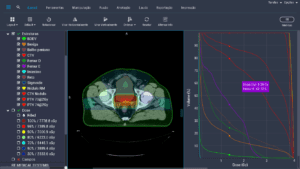
RT Connect Secundary Check MU
calculation takes into account the following factors:
- Amount of energy: The desired energy to be delivered to the treatment area is measured in grays (Gy).
- Treatment area: The size and shape of the treatment area directly influence the MU calculation.
- Radiation beam characteristics: The energy, intensity, and field size of the radiation beam being used play a significant role in determining the MU value.
After the MU calculation is completed, the treatment machine is programmed to deliver the appropriate amount of radiation to the patient, ensuring an effective and safe treatment process.
The Importance of Secondary Verification
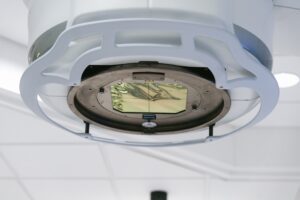
Linac
Secondary verification is a critical step in the radiation treatment process, as it involves checking the MU calculation and the treatment machine’s settings to guarantee that the correct amount of radiation is being delivered to the patient. This step is essential in maintaining patient safety and ensuring the effectiveness of the radiation therapy.
Laws and regulations regarding secondary verification differ by country and facility. In some countries, secondary verification is mandatory for every radiation treatment, while in others, it is required only for specific types of treatments or under certain circumstances. Additionally, the laws vary on who is responsible for performing the secondary verification and how often it should be conducted.
For instance, in some countries, the responsibility of secondary verification may fall on the radiation oncologist, while in others, it may be carried out by a medical physicist or another qualified professional. Regardless of the specific regulations in place, the secondary verification process plays a crucial role in maintaining high standards of patient safety and care in radiation oncology.
Importance of monitor units (MU)
The calculation of monitor units (MU) is an essential aspect of radiation oncology that ensures the accurate delivery of radiation doses to cancer patients. The secondary verification process is a critical step in confirming the accuracy of the MU calculation and the treatment machine’s settings, ultimately promoting patient safety and the effectiveness of radiation therapy. As laws and regulations regarding secondary verification vary by country and facility, it is vital for healthcare professionals to remain informed about the best practices and guidelines in their specific location to provide the highest level of care for their patients.

